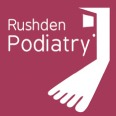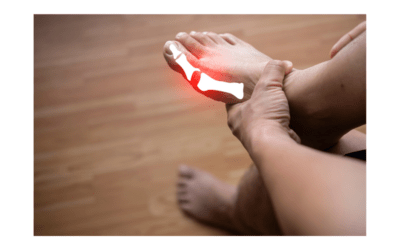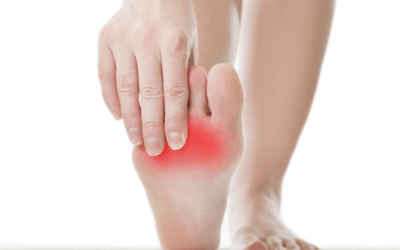by Dr Mike Curran
Occasionally as a podiatrist one comes across a foot condition in yourself, that requires both your own help and the help of others to resolve it. A while ago, I was diagnosed with tibialis posterior tendinopathy (otherwise known as posterior tibial tendon dysfunction or PTTD). Before I tell you how a middle-aged golfer found relief from this painful condition read on!

What Is Tibialis Posterior Tendinopathy?
Tibialis posterior tendinopathy is a condition which starts with pain and inflammation around the inside of your foot, specifically around your instep or arch and the inside of your ankle. This tendon is important in supporting the arch of your foot during weight bearing activity.
What Are the Symptoms of Tibialis Posterior Tendinopathy?
Pain around the inside of the ankle and lower leg where the tendon runs. This is often sore if you apply pressure to the area with a finger. There may also be pain on performing a single leg heel raise.
How Common Is It?
The condition affects between 3.3% – 10% of the population. It is more common in women aged between 40-50 years and usually affects only one foot. You may find this pain increases with running, jumping or even walking.
What Causes It?
It is thought to be caused by repetitive stress and small injuries to the tendon because of a sudden increase in activity or a biomechanical issue within the lower limb.
Treament

Strapping
Your podiatrist may advise you on how to strap your foot using zinc oxide tape.
Footwear
Changing to comfortable running style trainers/shoes or boots with a slight heel will provide the best support for the posterior tibial tendon. Avoid wearing hard, flat, or unsupportive footwear.

Foot orthoses
Your podiatrist will be able to advise on foot orthoses that are suitable to treat the cause of your condition. Orthoses change the function of the foot slightly, thereby reducing load through the tendon. In more severe cases, orthoses called a Richie Brace may be appropriate.
Splints
There are several splints that may help alleviate this condition and your podiatrist can assist you with the appropriate ones.
In my case…
Treatment consisted of a combination of supportive footwear combined with foot orthoses designed for a flat foot. In addition, when I play golf, I use an Aircast splint combined with low dye strapping this has enabled me to become pain free.
Not quite Physician heal thyself, I did need the assistance of a podiatry colleague!!



